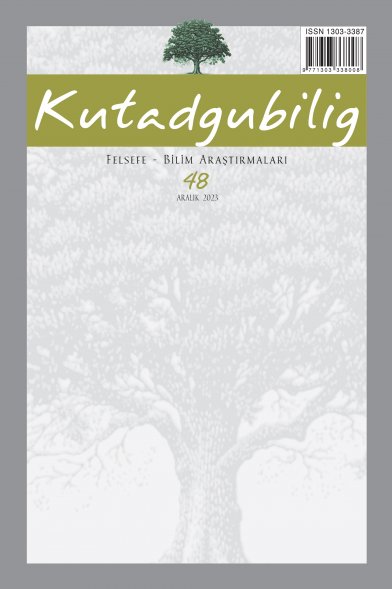Ahmet Vefik Paşa'nın Hikmet-i Tarih Adlı Eseri
Ahmed Vefik Paşa, Dârü'l-Fünûn'da kısa bir süre "Hikmet-i Târîh" konusunda dersler vermiş ve bu ders notlarını, 26 Şubat-9 Nisan 1863 tarihleri arasında Tasvîr-i Efkâr gazetesinde kısmen [yani baştan 44 sayfasını] tefrika ettirmiş ve ayrıca yine böyle eksik olarak bastırmıştır. Hikmet-i Târîh'te İnsanlığın Tarihi, Adem'in yaratılışından 1863 yılına değin, üç büyük döneme ve her dönem ise, İbn Haldûncu bir yaklaşımla dört alt-döneme ayrılmış ve böylece, Âdemoğlu'nun Yeryüzü üzerindeki sergüzeşti, birbirini takip eden gelişme-duraklama ve çökme biçimindeki periyodik bir gelişim çizgisi üzerinde sergilenmiştir. Gerek Yaratış'dan önceki gerekse sonraki dönemlerin tasvirinde, özellikle Tevrat'tan çıkarılmış dinî bilgiler ile jeoloji, antropoloji, filoloji, etnografya ve arkeoloji gibi yeni gelişmekte olan bilimlerin temin ettiği ilmî bilgiler kullanılmıştır.
Ahmed Vefîk Pacha, teached on the philosophy of history in the University of Istanbul during a short period of time and his lecture notes were published incompletely in the journal of Tasvir-i Efkâr between 26 February-9 April 1863 and then as a book titled Hikmet-i Târîh (The Philosophy of History) at the same year. In Hikmet-i Târîh, the history of mankind has been divided into three major periods from the creation of Adam until the year 1863, and each period has been subdivided into four divisions influenced by the philosophy of İbn Haldun; thus the adventure of mankind on the Earth has been shown in continuous phases of development, stagnation and fall on a periodical time line. In the description of both the period before Adam and the period after Adam, especially the religious knowledge taken from The Old Testament and the scientific knowledge provided by the new sciences like geology, anthropology, philology, ethnography and archeology have been used.
___
- W. Heisenberg, "Über den anschaulichen Inhalt der quantentheoretischen", Kinematik und Mechanik, Z. Physik 43, 172 (1927).
- N. Bohr, "Das Quantenpostulat und die neuere Entwicklung der Atomistik"', Naturwissenschaften 16, 245 (1928).
- N. Bohr, "Diskussion mit Einstein über erkenntnistheoretişche Probleme in der Atomphysik" in: P.A. Schilpp (Hrsg.), Albert Einstein als Philosoph und Naturforscher, Stuttgart 1955.
- L.E. Ballentine, "The Statistical Interpretation of Quantum Mechanics", Rev. Mod. Phys. 42, 358 (1970).
- H. Güveniş, "Interpretation of the Quantum Potential", Physics Essays 13, 587 (2000).
